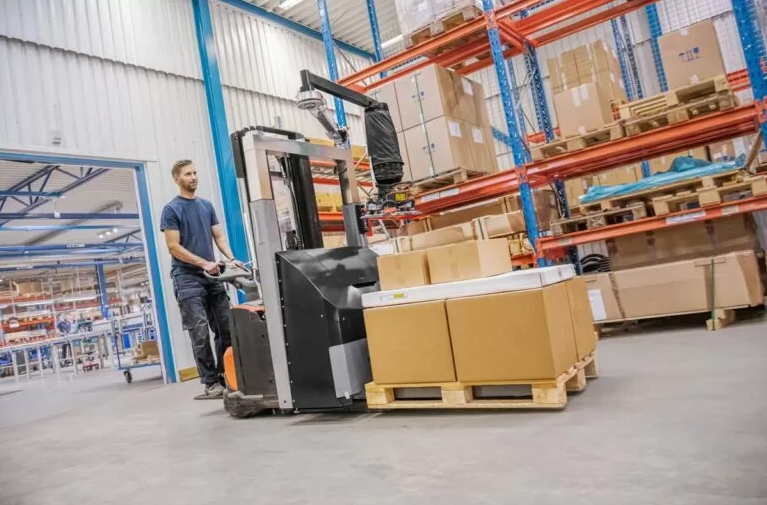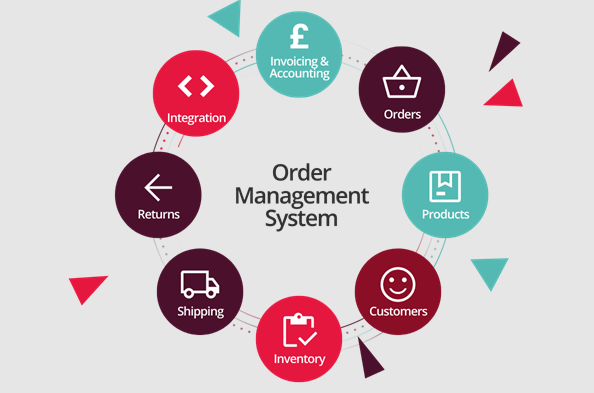How an OMS Makes Business Easier
- How Last-Mile Delivery Was Affected During Covid-19 - March 30, 2024
- WMSOne Invoicing SaaS vs Traditional Invoicing Methods: - March 29, 2024
- Integrating Invoicing Systems with WMS - March 27, 2024
Introduction:
Running a business involves many moving parts, from managing orders and inventory to ensuring timely deliveries and maintaining customer satisfaction. An Order Management System (OMS) can streamline these tasks, making your business operations smoother and more efficient.
Ever feel like your business is drowning in orders? They come from your website, phone calls, even online marketplaces – it’s a jumbled mess!
An OMS (say “oms”) is like a super-organizer for your business. It takes all those orders, no matter where they come from, and puts them in one neat and easy place. No more scrambling to find things!
Here’s how an OMS makes your life easier:
- Stock Superhero: No more selling things you don’t have! The OMS keeps track of everything in your stockroom, so you always know what’s available. No more disappointed customers!
- Speedy Shipper: Picking the best way to ship things can be a hassle. The OMS helps you choose the fastest and cheapest way to get your products to your customers.
- Happy Customer Helper: Don’t you hate those “where’s my order?” calls? The OMS lets customers track their package easily, so you can focus on other things.
- Warehouse Whiz: If you have a warehouse, the OMS can even work with it to make packing and picking orders super fast. This means happier customers who get their stuff faster!
- Return Rescue: Sometimes people need to return things. The OMS makes this easier for both you and your customers.
Let’s explore how an OMS can simplify running your business.
1. Centralized Order Management:
An OMS gathers all your order information in one place. Whether orders come from your website, online marketplaces like Amazon or eBay, or your physical store, an OMS consolidates them into a single system. This eliminates the need to switch between different platforms, saving you time and reducing errors.

2. Real-Time Inventory Tracking:
Manually tracking inventory can lead to mistakes like overselling or running out of stock. An OMS updates inventory levels in real-time as orders are placed and products are shipped. This means you always know what’s in stock, helping you manage inventory more effectively and avoid disappointing customers with out-of-stock items.
3. Automated Order Processing:
An OMS can automate many repetitive tasks involved in order processing. For example, it can automatically send order confirmations to customers, generate invoices, and update shipping statuses. This automation speeds up order processing and reduces the chance of human error, allowing you to focus on other important aspects of your business.
4. Multi-Channel Integration:
If you sell products through multiple channels, managing orders can be challenging. An OMS integrates with all your sales channels, ensuring that orders are processed consistently and efficiently, no matter where they come from. This integration helps you maintain a seamless operation and provide a better customer experience.
5. Enhanced Customer Communication:
An OMS improves communication with your customers by providing real-time updates on their orders. Customers receive notifications about their order status, shipping details, and any delays. This transparency builds trust and reduces the number of customer inquiries about order status, freeing up your customer service team to handle more complex issues.
6. Simplified Returns and Refunds:
Handling returns and refunds can be complicated, but an OMS simplifies the process. It tracks returned items, updates inventory levels, and manages refunds, ensuring that everything is handled smoothly and efficiently. This makes the returns process easier for both you and your customers, enhancing their overall experience.
7. Detailed Reporting and Analytics:
Making informed decisions requires accurate data. An OMS provides detailed reports and analytics on various aspects of your business, such as sales performance, inventory levels, and order fulfillment. These insights help you identify trends, measure performance, and make strategic decisions to improve your operations and grow your business.
8. Scalability:
As your business grows, your OMS can grow with you. A scalable OMS can handle increasing order volumes, integrate with new sales channels, and adapt to changing business needs without compromising efficiency. This scalability ensures that your operations remain smooth and efficient, even as your business expands.
9. Improved Accuracy and Efficiency:
By automating tasks and providing real-time data, an OMS reduces the likelihood of errors and increases efficiency. This means fewer mistakes in order processing, inventory management, and customer communication, leading to a more streamlined operation and happier customers.
10. Better Resource Management:
With an OMS, you can better manage your resources by freeing up time and reducing manual work. This allows your team to focus on more strategic tasks, such as improving customer service, developing new products, or expanding your marketing efforts.

Ready to unleash the power of an OMS?
An Order Management System (OMS) can make running your business much easier. It centralized order management, automates tasks, updates inventory in real-time, and improves customer communication. By integrating multiple sales channels and scaling with your business, an OMS helps streamline operations, reduce errors, and boost.






